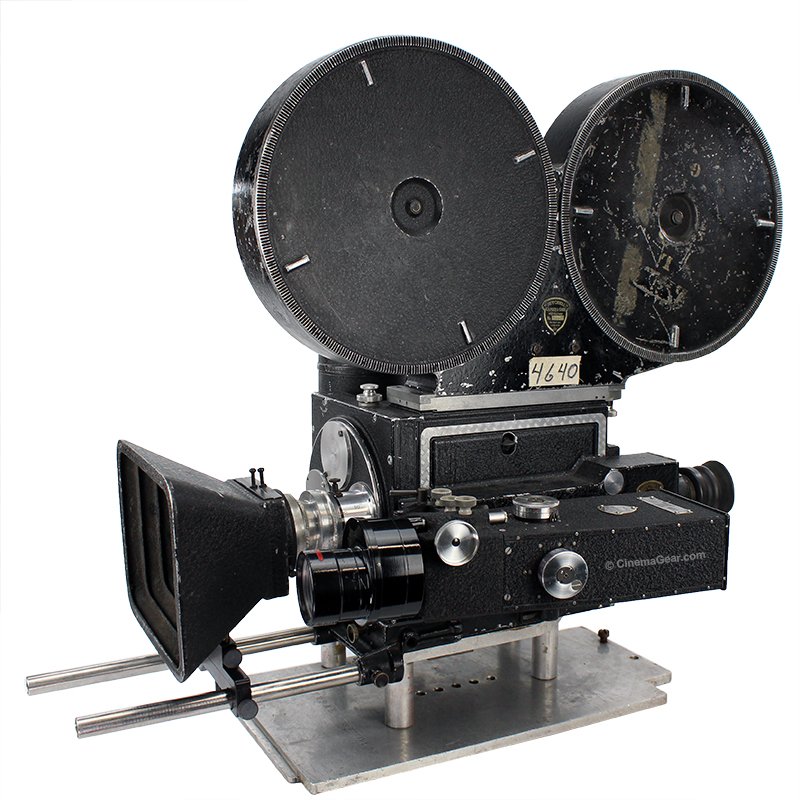Taylor, Taylor, and Hobson, makers of the famed Cooke lenses, was founded in 1886 in Leicester, England by brothers William and Thomas Taylor. The company originally produced optical instruments and did not begin making photographic lenses until 1894. Dennis Taylor (no relation to the Taylor brothers), optical manager of the York-based astronomical telescope maker T. Cooke & Sons, patented the revolutionary Cooke triplet lens design in 1893. Dennis Taylor licensed his patent design to Taylor, Taylor, and Hobson with the condition that the lenses they produced be marketed under the trade name Cooke. The first Cooke photographic lenses were introduced in 1894. It was on the foundation of this early triplet design that Horace W. Lee developed the Cooke Kinic, Panchro, and Speed Panchro series lenses. These Cooke lens formulas were revolutionary in their ability to form sharp, accurate images on panchromatic film with a wide aperture of f2.0. As the sound era approached, the Speed Panchro lenses gained in popularity due to their sharpness of image and superior performance in reduced lighting conditions. Originally, the Speed Panchro lenses were uncoated, and by 1930, were available in 11 focal lengths from 24mm to 4-1/4in.
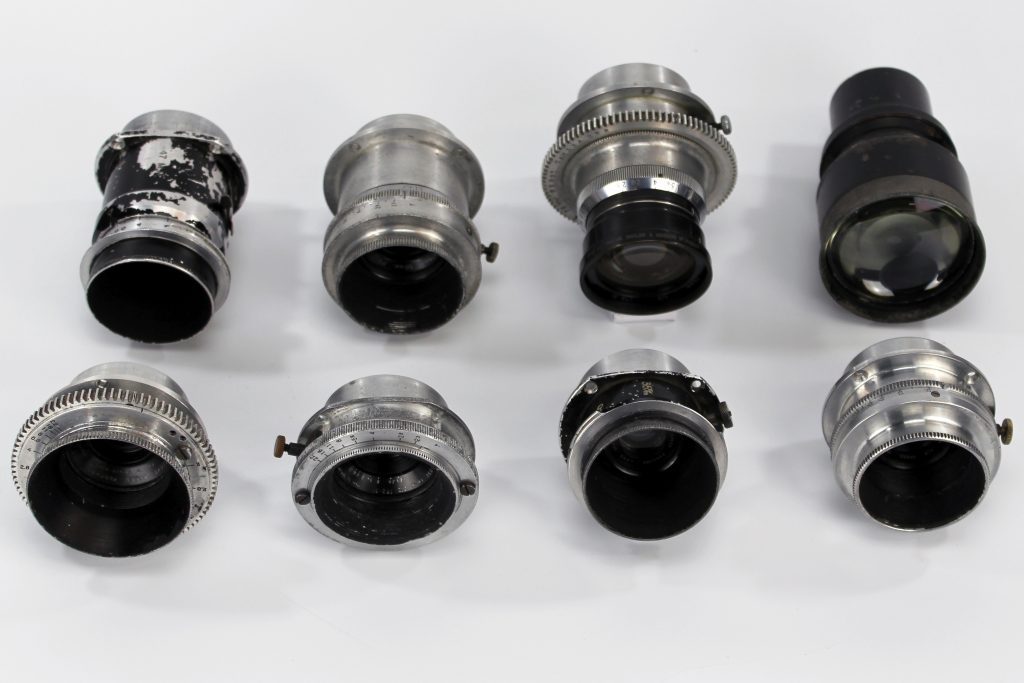
A collection of Cooke Speed Panchro motion picture camera lenses 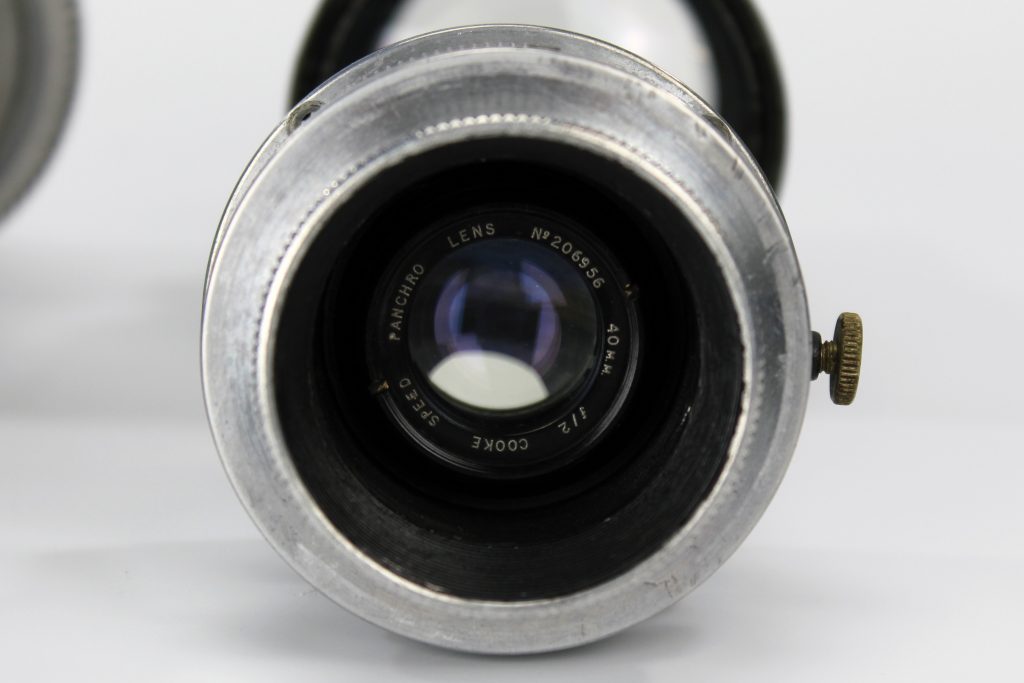
40mm Cooke Speed Panchro motion picture camera lens 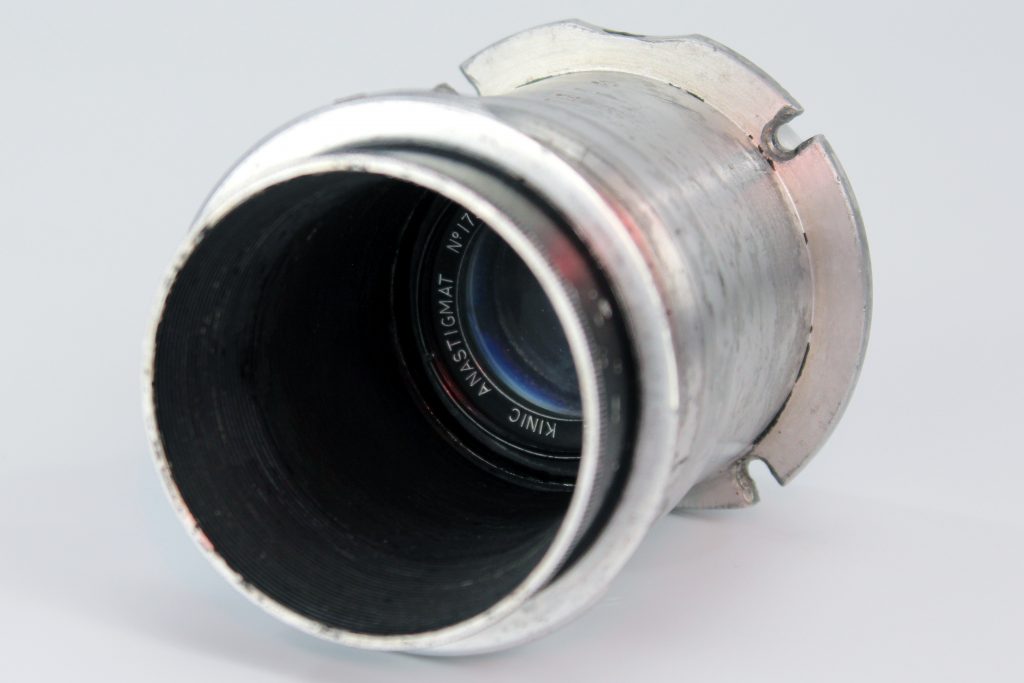
Cooke Kinic Anastigmat motion picture camera lens 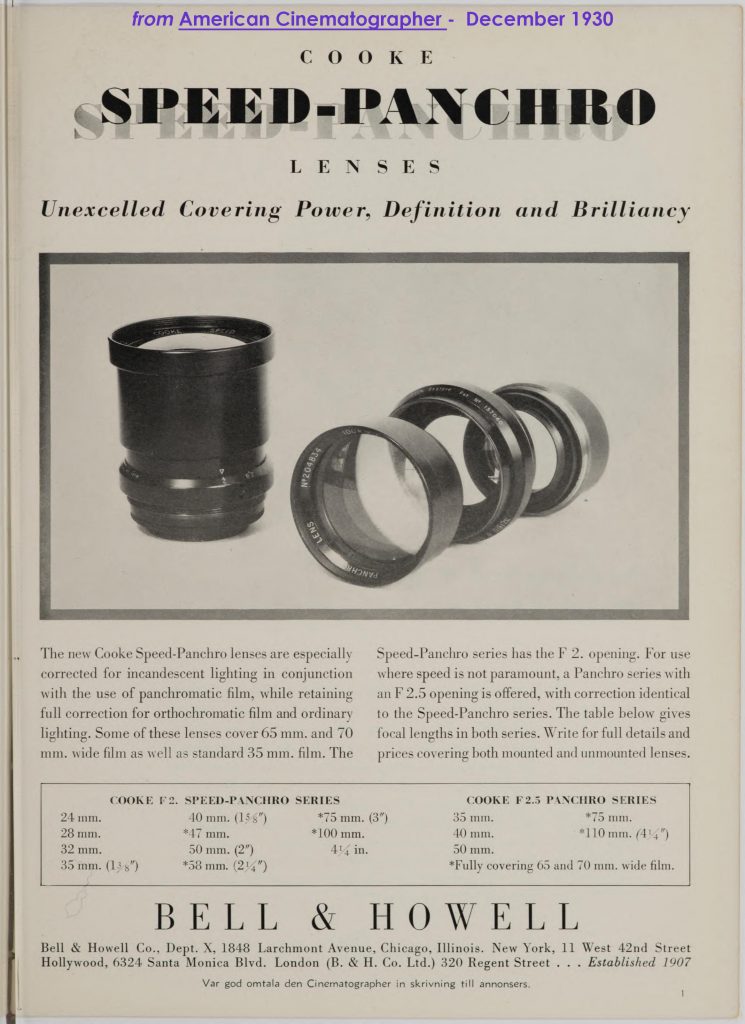
Cooke Speed Panchro lens ad from “American Cinematographer”, December 1930


